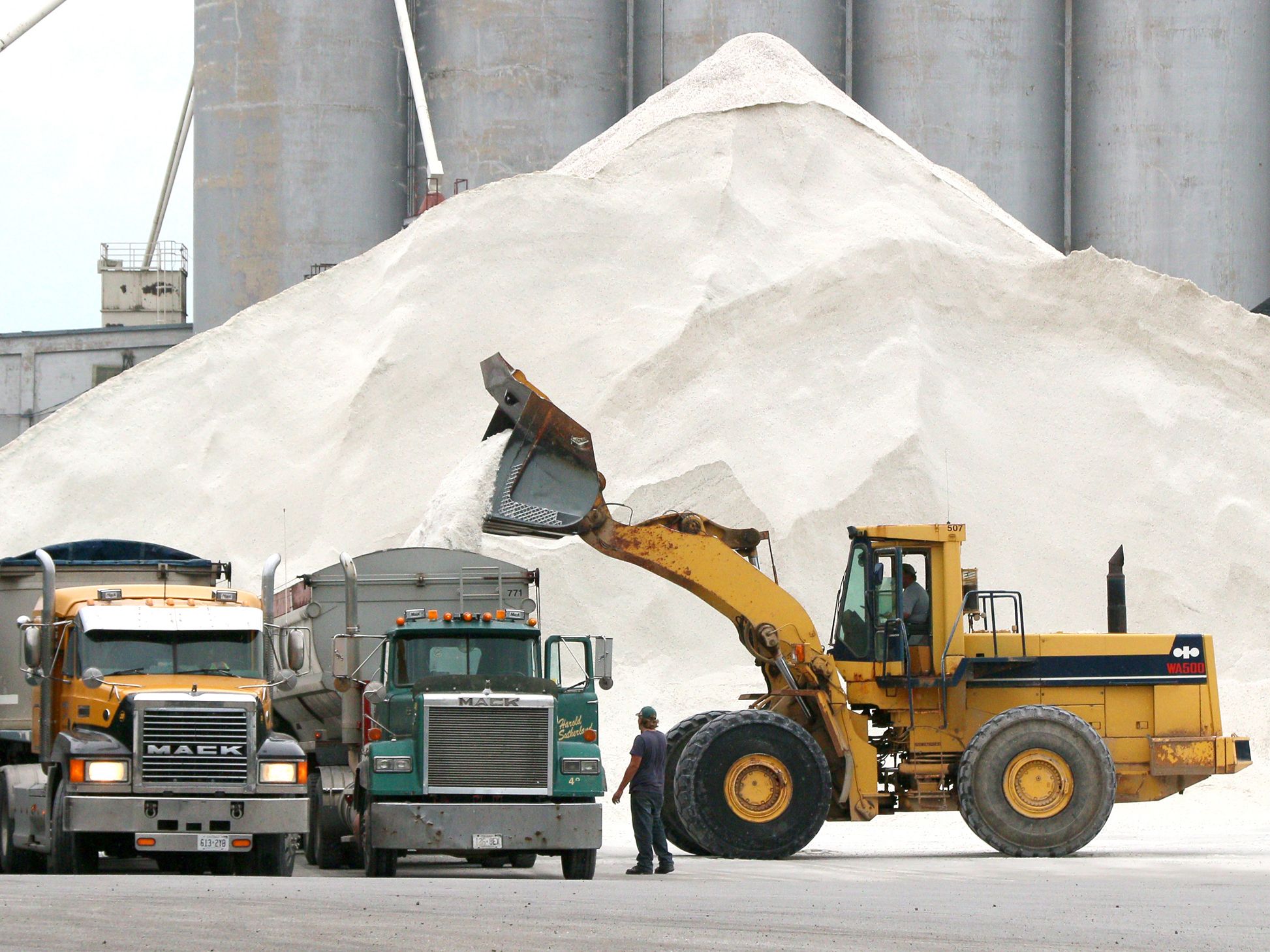AlvinofDiaspar
Moderator
That's one individual though, and a bit of a crackpot sometimes. Long-term data shows we are no where near the levels of a few decades ago, despite the increase in population. I've not seen significant concerns from professionals. Compare to the Lake Simcoe watershed, where there ARE concerns.
Here's long-term data - we are well below 1970s levels, and it appears to have been relatively static for years.
View attachment 177091
Obviously more of a concern where there are local creeks, and such. But City of Toronto streets and sidewalks along Queens Quay aren't feeding local streams! So how is this relevant?
Pulling images without proper citation, tsk tsk. Let me quote that exact bit from Water Quality Ontario 2014:
The effects of chloride, urban growth and changes in climate on Great Lakes water quality
Other measures of water quality in the Great Lakes have also changed in response to multiple stressors. Long-term chloride data from Lake Ontario intakes provide an example of how land use changes and climate can affect water quality. The ministry currently monitors chloride in water as an indicator of the impacts of human land use, including the use of road salts, on water quality; in decades past, chloride was primarily attributed to industrial inputs. Road salts are mostly comprised of sodium chloride, which separates into its two components, sodium and chloride, when it comes into contact with water. Chloride, which is highly mobile in the environment, is the greater threat to aquatic life. Studies show that elevated concentrations of chloride can negatively affect the health of plants, animals and aquatic ecosystems and can contaminate sources of drinking water footnote vii [vii] .
Chloride levels peaked in Lake Ontario between the 1960s and 1970s and then decreased between the mid-1970s and 1995 (Figure 3c). These decreases reflect reductions in chloride loading following controls on industrial sources footnote viii [viii] .
However, chloride levels have been increasing in Lake Ontario since the mid-1990s. Increasing urbanization and associated use of road salt on many roads, parking lots and sidewalks is likely contributing to these increases footnote ix [ix] . Chloride levels are highest at the South Peel and Toronto sampling sites, which are intensely urban areas, further suggesting urban stormwater and runoff are driving increases in Lake Ontario.
---
No one is suggesting a total ban on road salt, and there are way to reduce salt use and achieve the same results - what's at issue is the excessive application of salt we have all seen before. And let's go back to the original point - road salt kills street trees, period.
AoD

